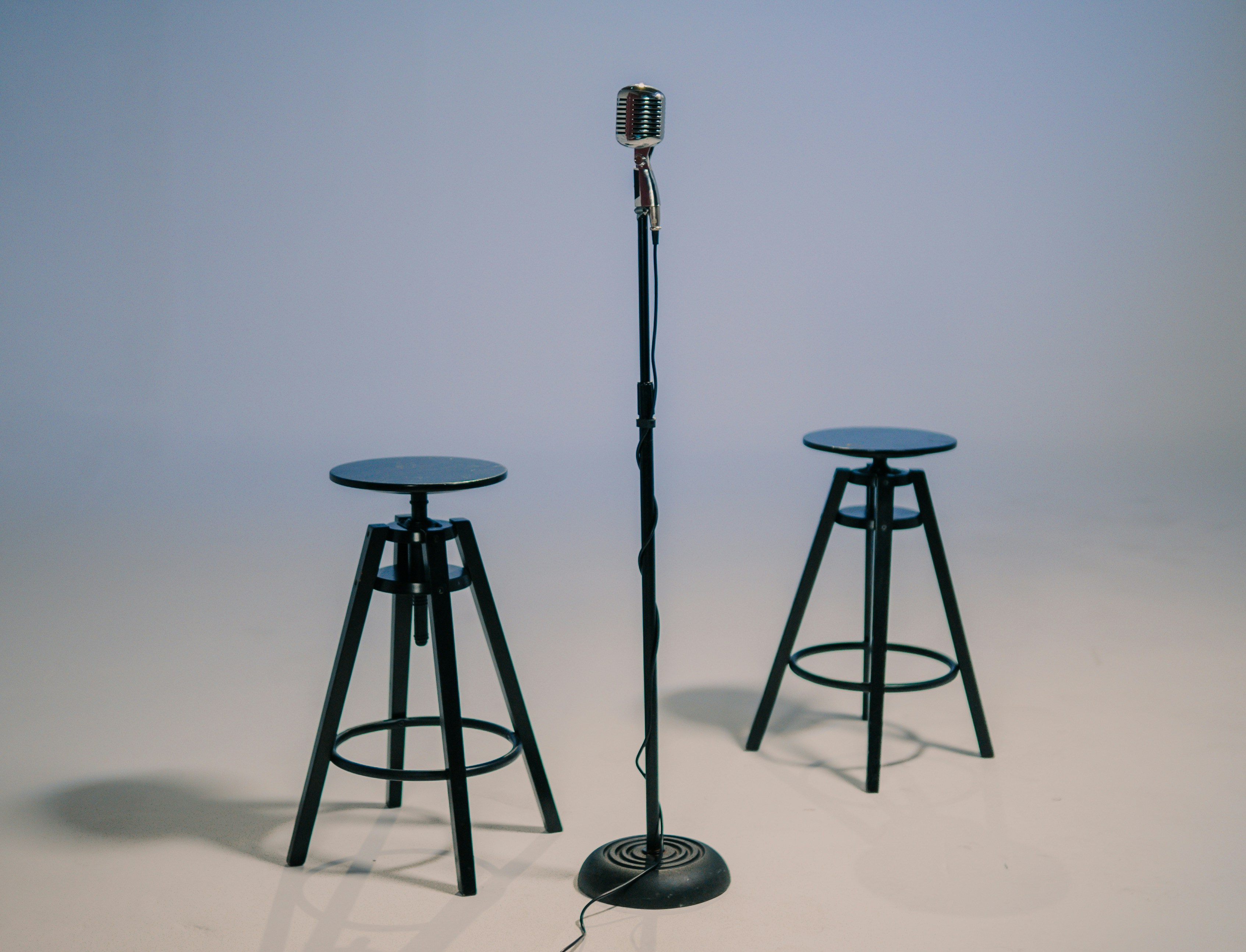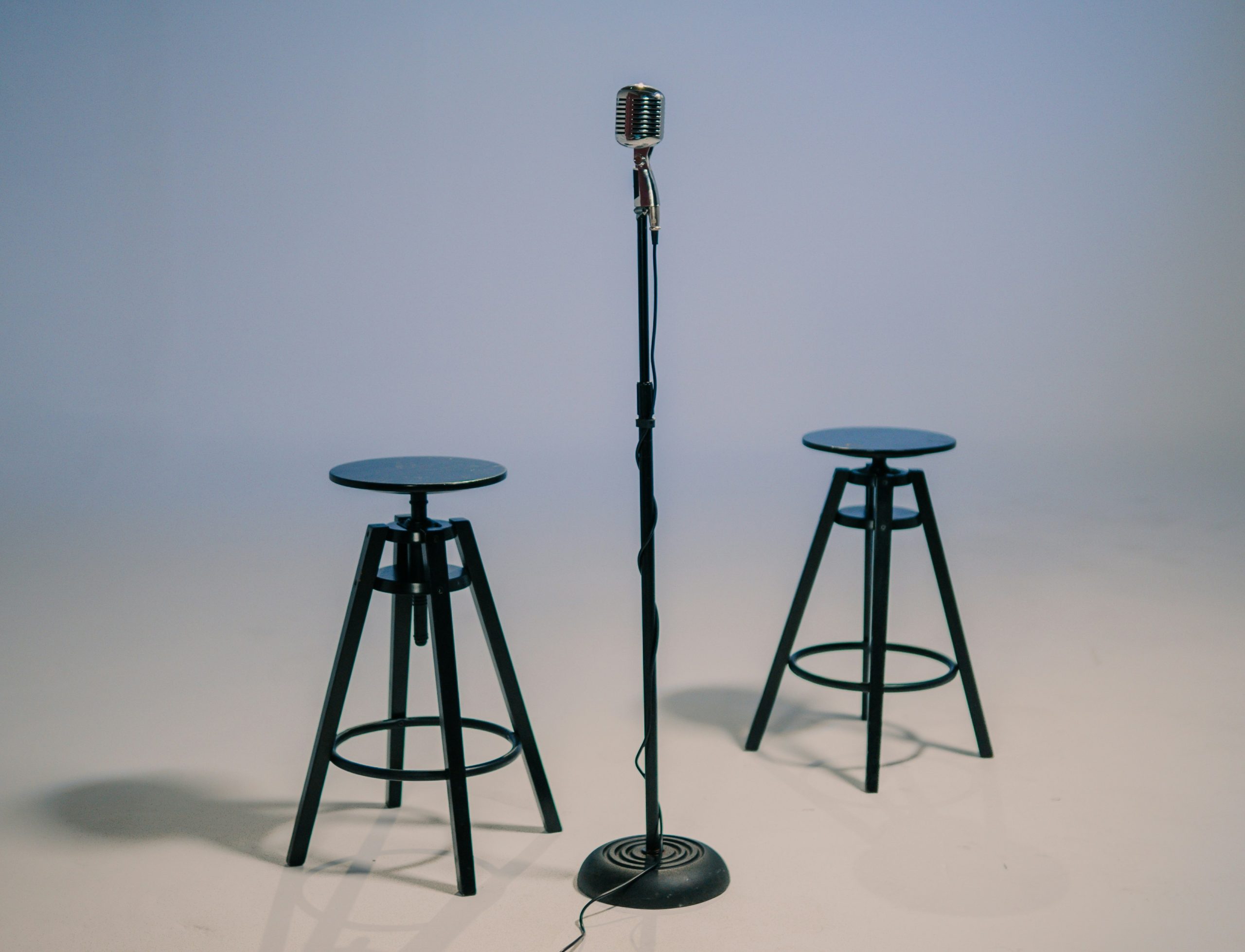Introduction to wireless microphones
Live events create unforgettable moments, whether it’s a concert, conference, or theater performance. The energy in the room is palpable, and every detail counts—especially when it comes to sound quality. Enter the wireless mic: a game-changer in audio equipment that enhances performances like never before. Gone are the days of being tethered to cables; now performers can move freely while still delivering crystal-clear sound. But what exactly makes a wireless mic an essential tool for any live event? Let’s dive into its advantages and explore why this technology deserves your attention.
Advantages of using a wireless mic for live events
Wireless microphones have transformed the landscape of live events. They offer unparalleled convenience, allowing performers to move freely without being tethered by cords. This mobility enhances audience engagement as speakers and artists can interact with their crowd effortlessly.
Another significant advantage is sound clarity. Wireless mics are designed to capture vocals sharply while minimizing background noise. This ensures that every word resonates clearly, making it easier for audiences to connect with the performance.
Additionally, wireless systems eliminate clutter on stage. No more tangled cords or obstructive cables detracting from the visual appeal of a show. A clean stage setup not only looks professional but also allows performers to focus entirely on their craft rather than navigating around equipment.
With these benefits in mind, it’s easy to see why many event organizers now opt for wireless microphones over traditional models.
Increased mobility and freedom for performers

Wireless mics offer performers unparalleled freedom on stage. Gone are the days of being tethered to a cable. This technology allows artists to move freely, creating dynamic and engaging performances.
Performers can engage with their audience more effectively. They can walk around, interact with fans, or even wireless headset mic dance without worrying about tripping over cords. This added mobility enhances the overall experience for both the performer and the audience.
Additionally, wireless microphones enable multi-person setups without complications. Multiple singers or speakers can share the stage seamlessly. Each artist has their own mic while maintaining complete freedom of movement.
This flexibility fosters creativity in live shows. Artists can experiment with choreography or staging that would be difficult when using traditional wired systems. The result? A captivating performance that leaves a lasting impression on everyone present.
Improved sound quality and reduced background noise
One of the standout features of a wireless mic is its ability to deliver exceptional sound quality. Unlike traditional microphones, many modern wireless systems utilize advanced technology that significantly enhances audio clarity.
These mics often incorporate noise-canceling features, which help eliminate unwanted background sounds. This means that your voice or performance remains in focus, creating an immersive experience for the audience.
Additionally, with digital transmission options available, interference from other devices can be minimized. You’re able to capture every nuance—whether it’s a soft whisper or powerful belting—without distortion.
This improved sound quality elevates live events to new heights. Audiences are drawn in by clear vocals and rich tones while distractions fade into the background. Investing in a wireless mic ensures that every word resonates as intended, making performances memorable and impactful.
Elimination of tangled cords and clutter on stage
One of the standout benefits of using a wireless mic is the elimination of tangled cords on stage. Traditional microphones tether performers to their sound systems, creating potential hazards during live events.
Imagine an energetic performer dancing across the technology stage, only to trip over a cable. It’s not just embarrassing; it can be dangerous too. Wireless technology takes away that risk, allowing artists to move freely without worrying about getting caught up in wires.
Additionally, fewer cables mean less clutter on stage. A clean performance area enhances visual aesthetics and keeps distractions at bay. Audiences can focus solely on the show without being distracted by cumbersome equipment or tangled lines.
With wireless mics, setups become more streamlined and professional-looking. This clarity adds to the overall ambiance of any event, making for a smoother experience for both performers and attendees alike.
Different types of wireless microphones available
Wireless microphones come in several types, each designed for specific uses and environments.
Lavalier mics are small, clip-on devices often used by presenters or actors. They allow hands-free operation, making them perfect for interviews and theater performances.
Handheld wireless mics are versatile and popular in live music settings. Their robust design is ideal for singers who want to engage with the audience while performing.
Headset mics provide both freedom of movement and clarity. They’re commonly used in fitness classes or by speakers who need their hands free.
Instrument wireless systems cater specifically to musicians. These setups ensure that guitars, brass instruments, or keyboards can connect without cumbersome cables.
Each type has its strengths and fits different scenarios perfectly, allowing performers to choose according to their needs while enhancing overall performance quality.
Factors to consider when choosing a wireless mic for live events
When selecting a wireless mic for live events, several factors come into play.
First, consider the frequency range. Different frequencies can affect sound quality and clarity. Ensure that your chosen mic operates in a band with minimal interference.
Next is battery life. A reliable microphone should last through long performances without needing a recharge or replacement mid-show.
Also, pay attention to the microphone type—handheld, lavalier, or headset—based on how performers will use it. Each has its unique advantages suited for various contexts.
Another essential factor is the transmission distance. Understand how far you need to move from the receiver while still maintaining audio quality.
Think about compatibility with existing equipment. Ensuring seamless integration can save time during setup and prevent technical difficulties on stage.
Tips for using a wireless mic effectively during a live performance
To use a wireless mic effectively during a live performance, start by ensuring it’s fully charged before the event. A dead battery can disrupt even the best performances.
Adjust the gain settings appropriately to avoid distortion. Too high and your voice will clip; too low and you might be barely audible.
Positioning is key. Hold the microphone close enough to capture your voice clearly but not so close that it picks up unwanted breath sounds.
Be aware of your surroundings. Move around strategically, maintaining line-of-sight with receivers to prevent signal dropouts.
Practice with the mic in rehearsal sessions. Familiarity breeds confidence, making it easier to engage with your audience without worrying about technical glitches or sound issues.
Potential drawbacks of using a wireless mic

When considering the benefits of a wireless mic, it’s important to also address potential drawbacks. One notable concern is battery life. Depending on the type and quality of the microphone, users may experience interruptions if batteries run low during a performance.
Another issue can be interference from other devices operating on similar frequencies. This can lead to static or disruptions in audio quality, which are particularly unwelcome in live settings where clarity is paramount.
Additionally, while mobility is advantageous for performers, some may find that they need time to adjust to using a wireless system effectively. The absence of a physical connection might make them feel less anchored during their act.
Wireless systems often come with higher price tags compared to traditional wired microphones. Investing in high-quality equipment becomes essential for reliability and performance.
While these aspects should not overshadow the many advantages that come with using a wireless mic at live events, being aware of them allows performers and organizers to make informed decisions about their audio needs.

